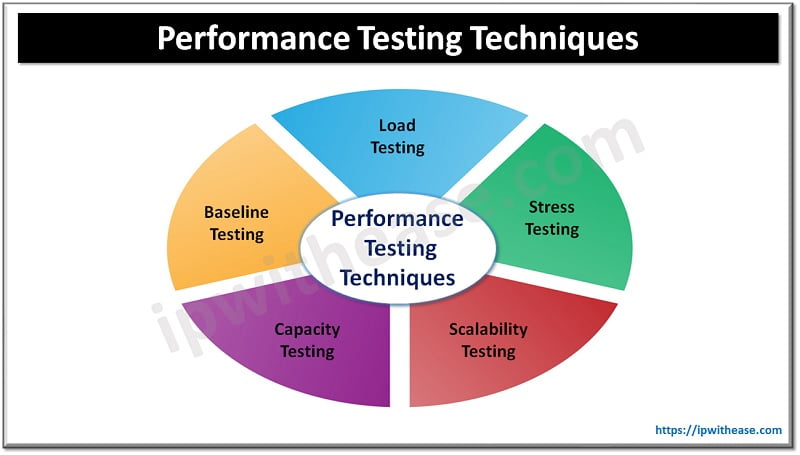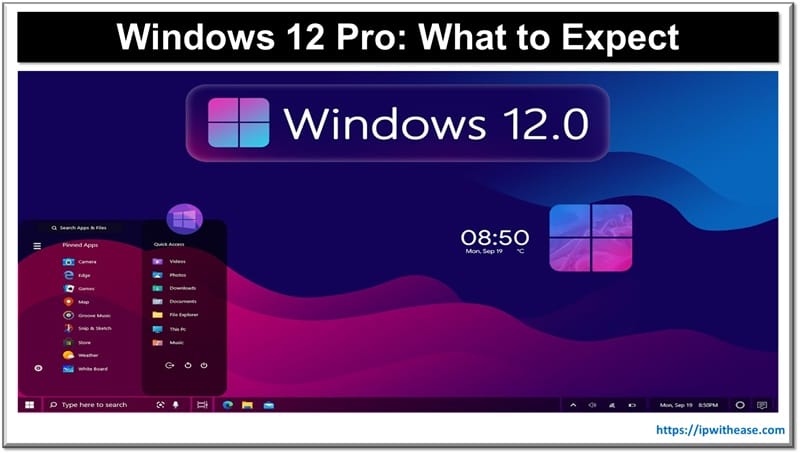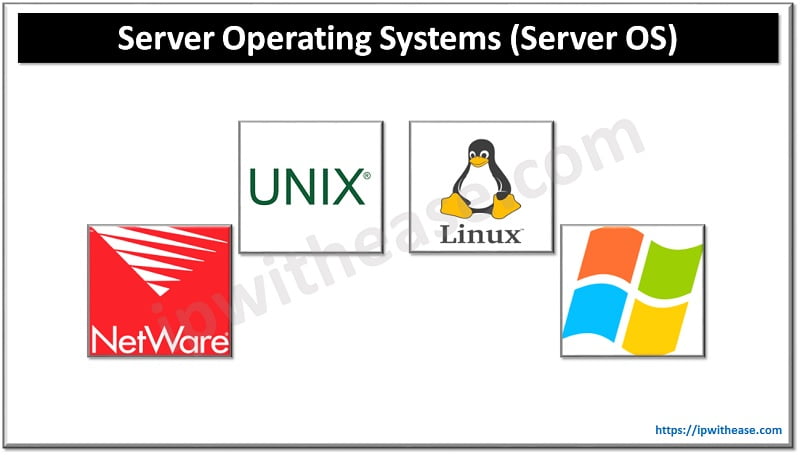Load testing and performance testing are critical components of non-functional testing, which is the process of testing an app system’s performance, reliability, and other non-functional aspects. Load testing involves testing a system’s ability to handle a particular level of user load or traffic, while performance testing is focused on testing the system’s response time, scalability, and stability. In this article, we will discuss some techniques for load testing and performance testing.
Techniques for Load Testing & Performance Testing
Identify Performance Goals and Metrics
Before starting any load testing or performance testing, it is essential to identify the system’s performance goals and metrics. The performance goals should be aligned with the system’s business objectives and user expectations. The performance metrics should be quantifiable, measurable, and relevant to the system’s performance. Some common performance metrics include response time, throughput, error rate, and resource utilization.
Test Environment Preparation
To conduct load testing and performance testing, it is necessary to create a test environment that closely resembles the production environment. The test environment should include hardware and software components similar to the production environment, including network configuration, database, and web server configuration. This will ensure that the test results are accurate and reliable.
Test Data Preparation
Test data preparation is crucial for load testing and performance testing. The test data should be realistic and representative of the production data. The test data should also be of sufficient size and complexity to generate realistic user scenarios. Test data preparation should include the creation of user profiles, user behavior patterns, and user transaction scripts.

Load Testing Techniques
There are several load testing techniques available, including:
- Volume Testing: This technique involves testing the system’s ability to handle a large volume of data.
- Stress Testing: This technique involves testing the system’s ability to handle high levels of user traffic or requests.
- Soak Testing: This technique involves testing the system’s ability to handle a sustained load over an extended period.
- Spike Testing: This technique involves testing the system’s ability to handle sudden spikes in user traffic or requests.
- Endurance Testing: This technique involves testing the system’s ability to handle a continuous load for an extended period.

Performance Testing Techniques
There are several performance testing techniques available, including:
- Load Testing: Load testing is also a performance testing technique, as it involves testing the system’s ability to handle a particular level of user load or traffic.
- Stress Testing: Stress testing is also a performance testing technique, as it involves testing the system’s ability to handle high levels of user traffic or requests.
- Scalability Testing: This technique involves testing the system’s ability to scale up or down to handle changes in user load or traffic.
- Capacity Testing: This technique involves testing the system’s ability to handle a maximum number of users or transactions.
- Baseline Testing: This technique involves testing the system’s performance under normal conditions to establish a baseline for future testing.
Performance Monitoring Tools
Performance monitoring tools are essential for load testing and performance testing. These tools can help monitor the system’s performance during testing, identify performance bottlenecks, and generate performance reports. Some popular performance monitoring tools include Apache JMeter, LoadRunner, and Gatling.
Analysis and Reporting
After load testing and performance testing, it is necessary to analyze the results and generate performance reports. The analysis should include identifying performance bottlenecks, determining the root cause of performance issues, and recommending solutions to improve the system’s performance. The performance reports should be easy to understand, concise, and include graphs and charts to help visualize the performance data.
Other Considerations For Load Testing & Performance Testing
Realistic User Scenarios
To ensure that load testing and performance testing accurately reflect real-world scenarios, it is important to create realistic user scenarios. This involves defining user behavior patterns and transaction flows that are representative of the system’s intended use. Realistic user scenarios help to ensure that the system is tested under conditions that closely resemble real-world usage.
Cloud-based Testing
Cloud-based testing is becoming increasingly popular for load testing and performance testing. Cloud-based testing provides several advantages, including the ability to easily scale up or down to simulate user load, cost-effectiveness, and ease of use. Cloud-based testing services, such as Amazon Web Services (AWS) and Microsoft Azure, provide a variety of tools and services for load testing and performance testing.
Test Data Privacy and Security
Test data privacy and security are critical considerations for load testing and performance testing. Test data may include sensitive or confidential information, such as personally identifiable information (PII) or financial data. It is important to ensure that test data is protected and secure during testing. This may involve encrypting test data, restricting access to test data, and following best practices for data security and privacy.
Collaboration and Communication
Load testing and performance testing often involve multiple teams, including developers, testers, and operations personnel. Effective collaboration and communication are essential for ensuring that testing is conducted efficiently and effectively. It is important to establish clear roles and responsibilities, define communication protocols, and establish a process for sharing test results and performance reports.
Continuous Testing
Continuous testing is a process of testing early and often throughout the software development lifecycle (SDLC). Continuous testing includes automated testing, including load testing and performance testing, to ensure that the system meets performance goals and metrics. Continuous testing helps to identify performance issues early in the SDLC, when they are less expensive and easier to fix.
Conclusion
Load testing and performance testing are critical components of non-functional testing. Effective load testing and performance testing require careful planning, realistic user scenarios, cloud-based testing, attention to test data privacy and security, collaboration and communication, and continuous testing.
By following best practices and using the right tools and techniques, load testing and performance testing can help ensure that the app systems meet performance goals and deliver a positive user experience.
Continue Reading:
What is the difference between Sandbox & Development Environment?
DAST – Dynamic Application Security Testing
ABOUT THE AUTHOR
IPwithease is aimed at sharing knowledge across varied domains like Network, Security, Virtualization, Software, Wireless, etc.



